Winch’s Social Science: Incompatibility and the Indeterminacy of Rules
A New Logic of Rational Action: Three Explanatory Patterns
Unlike the previous two patterns, Habermas’s theory of communicative action is not a cultural idea of social action. He eschews the sort of legislative methodological restrictions and epistemological assumptions that we focused on Winch, Becker, and Garfinkel. Like the other two research programs, however, the theory of communicative action emphasizes the central role of rationality in explaining social action. They are more social, less subjective.
There are many critics about the standard concept of rationality giving “thin”, narrow concept of rationality. A broader, “thicker” concept is needed to explain a wider range of phenomena that do not fit the contents of the earlier rational choice theory.
Habermas argues that rationality does not refer to the truth of possession of knowledge, but has to do with “how speaking and acting subjects acquire and use knowledge.” His more multidimensional approach also contrasts with the assumptions of ethnomethodology. Following the latter ethnomethodology collapses practical knowledge into occasions and settings of its use. On the contrary, he makes cultural such idealizing, structural features, actions, and practices that cannot be exhausted by descriptions of specific occasions. Habermas offers a pattern for what Weber called “rational explanation,” starting from idealizing assumptions that provide the formal- rational structure of each action type.
Explanatory pattern for communicative action can be divided into 4 steps; first, actions can be identified according to standard features of an ideal type. Second, the analysis of the ideal type reveals actors’ presuppositions including actor’s formal structure and knowledge. Third, the formal-typical idealizations of the theory are then tested and used to analyze action. Fourth, the rationality of the action is evaluated in a virtual, reflexive discourse. Rational choice theory can only understands language use, while ethnomethodology can only thematize and alter the way in communication takes place. Second statement of the pattern requires as complete an analysis as possible of the cognitive presuppositions for competent action of various types.
Here I want to show how his standard employs each of the basic statements of the pattern. First, the ideal type of communicative action permits an explanation of why some cases of communication succeed and others do not, as in the case where strategic components undermine conditions of success for mutual understanding.



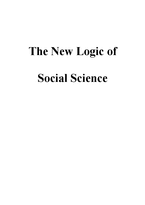
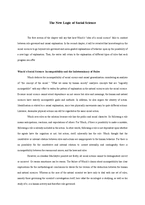

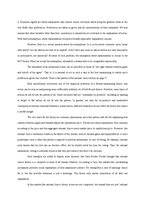

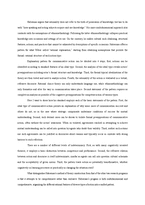
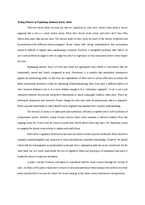

 분야
분야


